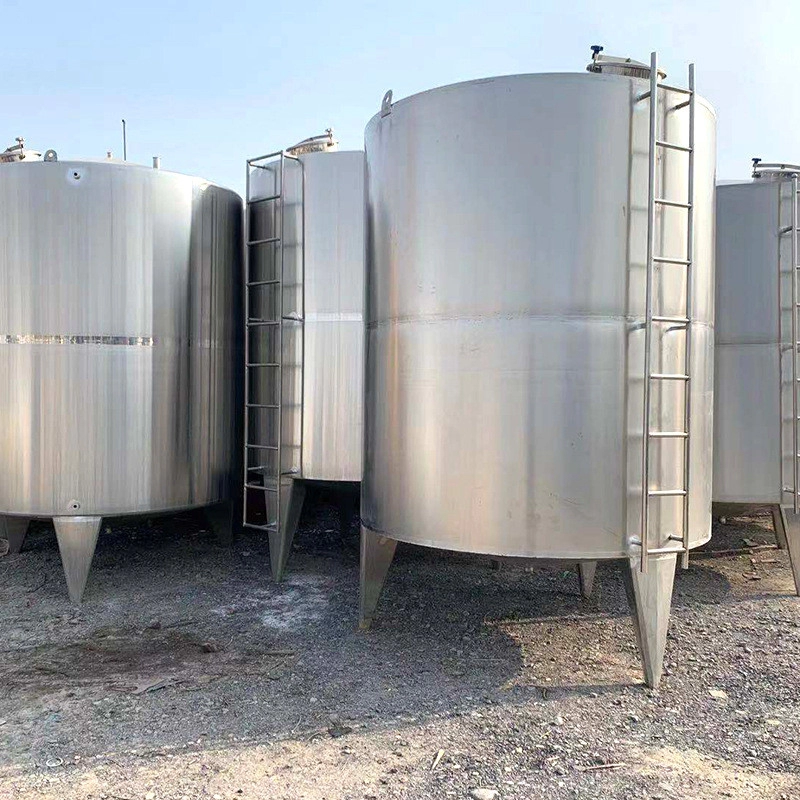Ever wonder why some stainless steel storage tanks last decades while others fail prematurely? The difference lies in overlooked engineering details. We’ll reveal critical design and maintenance secrets that impact longevity. Interestingly, principles from stainless steel handrail manufacturing also apply to tank durability!
Not all stainless steel is equal. Using 304SS in chlorine environments? That’s like building a stainless steel handrail in a saltwater pool – it will corrode. Grade selection depends on:
Food processing tanks often use 316L SS for its molybdenum content. According to NACE International, material mismatch causes 22% of tank failures. Always consult corrosion charts before specifying grades.
| Property | 304 Stainless | 316 Stainless |
|---|---|---|
| Corrosion Resistance | Good for general use | Excellent (withstands chlorides) |
| Cost | 15-20% lower | Higher initial investment |
| Best For | Water, mild chemicals | Brine, acids, marine environments |
Sharp corners? They’re corrosion hotspots. Proper tank design requires:
Our team’s 2025 brewery project proved this: tanks with optimized drainage lasted 3x longer between cleanings. This approach mirrors how industrial stainless steel handrail systems prevent liquid accumulation.
Skip passivation? You’re inviting rust. This chemical process removes free iron from surfaces. Here’s a foolproof 5-step passivation guide:
ASTM A967 standards specify testing methods. Surprisingly, many manufacturers cut corners here – don’t let yours be one!
Improper installation causes 35% of early failures (CCPS Data). Common mistakes:
Grounding is another headache. One pharmaceutical client learned this when static discharge contaminated their batch. Always use dedicated grounding lugs!
Waiting for leaks? That’s costly. Implement these monitoring strategies:
Chemical plants using continuous monitoring report 60% fewer unplanned shutdowns. Pair this with robust stainless steel handrail access systems for safer inspections.
Aggressive cleaning damages tanks. Follow this checklist instead:
For critical applications, consider premium tanks like this stainless steel storage tank featuring robotic welding and polished interiors.
Quarterly visual checks + annual professional inspections. Harsh environments need monthly monitoring.
Yes! Unlike carbon steel, stainless handrails won’t cause galvanic corrosion on stainless tanks. They’re the safest choice.
25-40 years for 316L SS tanks in moderate service conditions. Properly installed stainless steel handrail systems last equally long.
Durability isn’t accidental. From material selection to maintenance, every detail counts. Implement these secrets and your tanks will outlive expectations. Remember: quality components like properly engineered stainless steel handrail access systems contribute to overall system longevity. Start applying these tips today!
